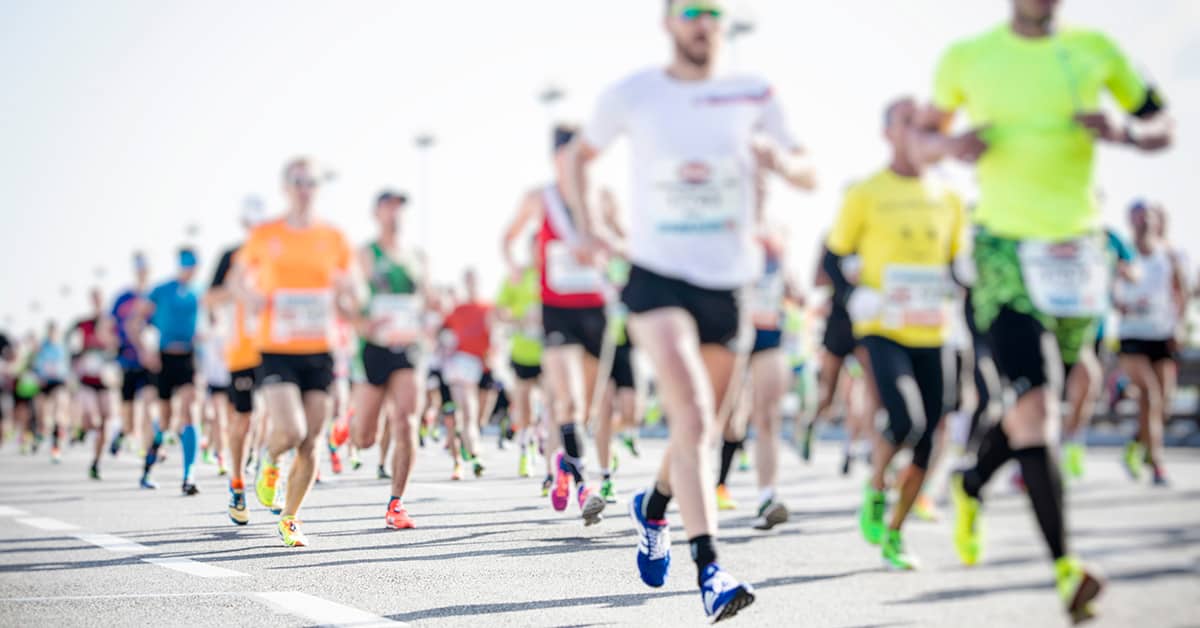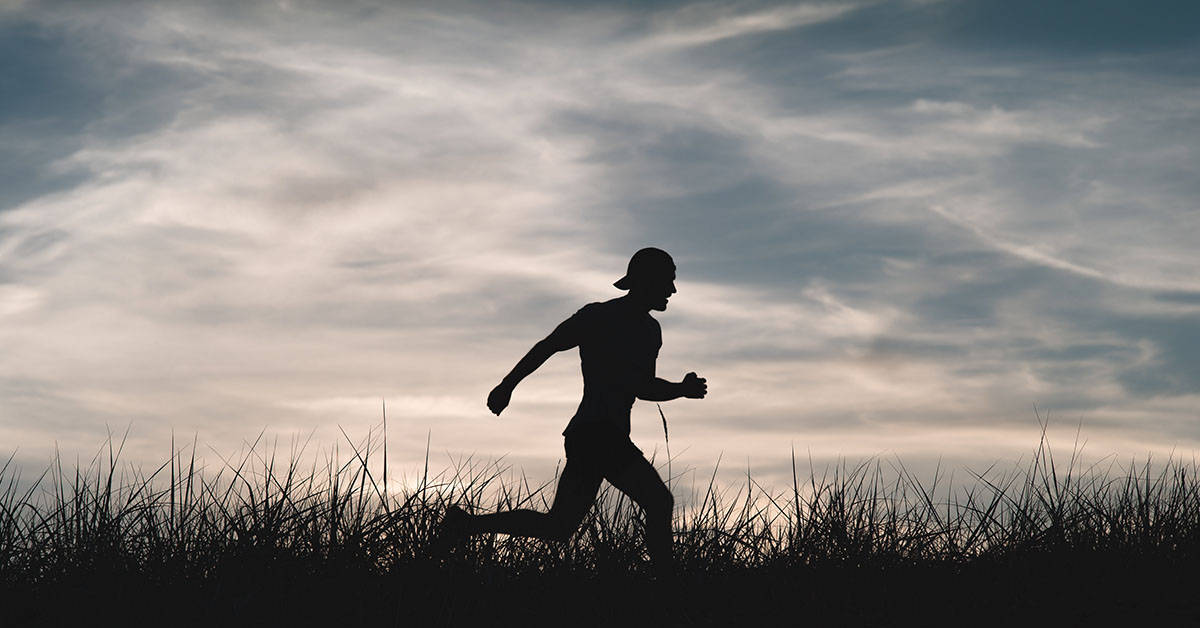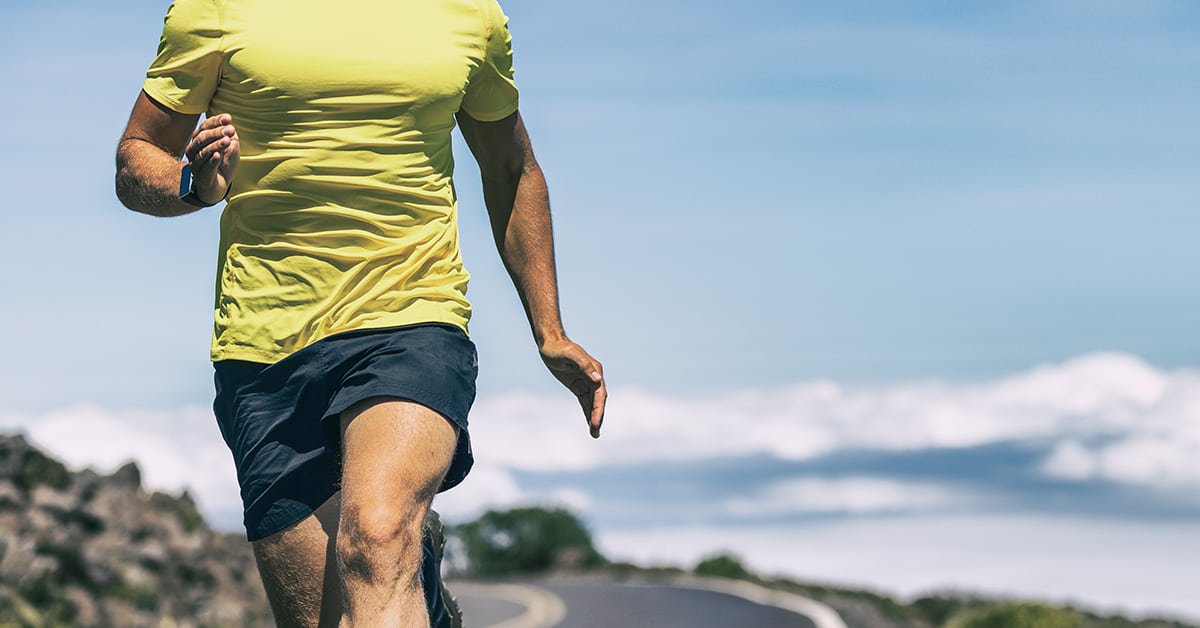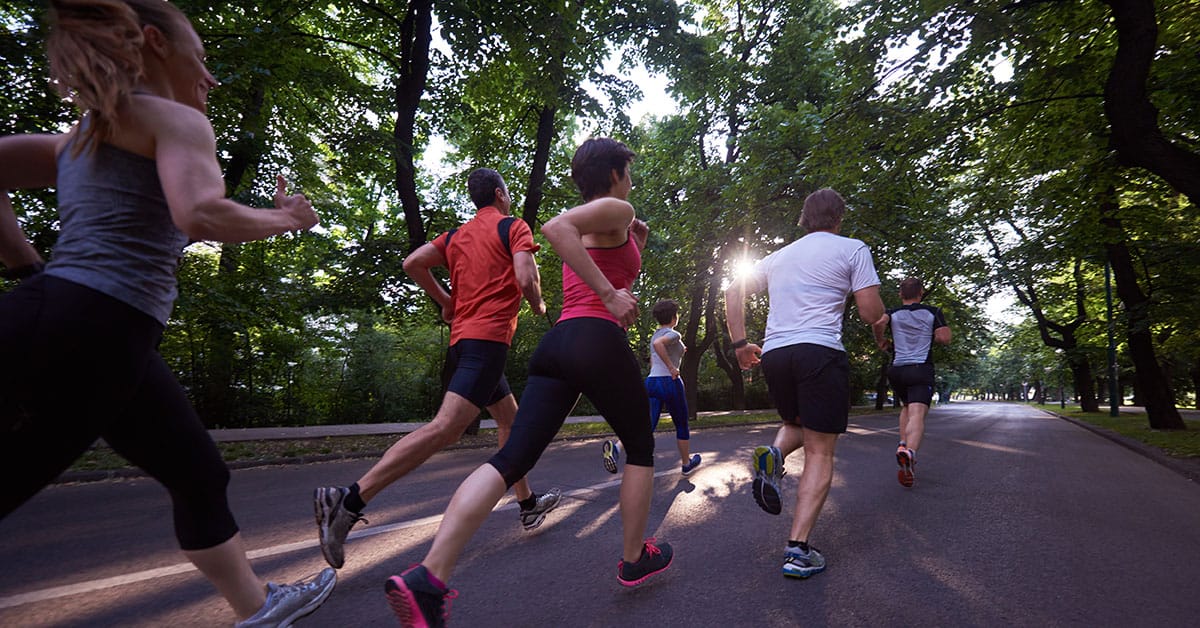Backward running is an effective and challenging way to take your fitness routine to the next level. It’s a great workout for athletes, general fitness enthusiasts, and runners. Not only does running backward improve general athleticism, but it also offers explicit cardiovascular benefits, improving coordination and flexibility. By incorporating this unique form of exercise into your regular workouts, you can quickly increase strength which translates to improved running efficiency and speed. Learn more about the benefits of backward running and how you can start today with these simple tips.
Benefits of Backward Running
Athleticism, coordination, flexibility, posture, running economy, and calorie burn. Here we will break down these benefits:
Improved Athleticism: Coordination and Strength
The Strength and Conditioning Journal published a study in 2019 analyzing the responses from training backward running. Running or walking backward requires more focus than forward running because you have to pay attention to where you will not trip or stumble. The necessary concentration and coordination have been shown to increase speed and coordination, as backward running requires a greater range of motion in the knees, legs, and ankles.
The study also proved that backward running was effective in injury resistance and enhancing muscular functions by increasing strength in leg muscles. The ability to recover faster and return after injury was improved as well in athletes. The multitude of benefits of running backward will make any athlete more successful.
Backward Running and Improved Flexibility
Research has found a significant increase in hamstring flexibility after a 3-week regime. Specifically, the workout included three 40-yard backward sprints twice a week on non-consecutive days. Athletes of all sports and levels can incorporate backward running and increase flexibility. Enjoy more mobility as an athlete with consistent backward sprints.
Improved Running Efficiency
For running-specific benefits, running backward has been shown to increase the running economy in trained runners after six weeks of training. It can be beneficial to runners to incorporate backward running as the efficiency of running form can help athletes significantly improve their race results. So whether you are training for a 100m dash or a marathon, give backward running a try!
Increased Calorie Burn
Research has shown that backward running places a greater metabolic demand on athletes than forward running. Running backward burns up to 28% more calories than forward running due to its greater intensity. Therefore, if you want a higher-intensity workout without increasing your speed or distance significantly, backward running could be just what you need.
Key Takeaway: Backward running can help improve athleticism, coordination, flexibility, strength, and calorie burn. It requires more metabolic effort than forward running and burns up to 28% more calories. Running efficiency has also been improved by backward running.
How to Start Backward Running
It can help you burn more calories, increase muscular strength, and build endurance. But before you start backward running, it’s essential to understand how to do it safely.
Start with Short Distances
When beginning backward running, it’s best to start with short distances and gradually increase them over time. This will allow your body to adjust and prevent injury from overexertion or improper form.
Use a Treadmill or Track
Use a treadmill or track when starting with backward running for safety reasons. A treadmill allows for easy speed control, while a track provides the added benefit of seeing where you are going in case something unexpected happens on the course.
Wear Proper Shoes
Wearing proper shoes is essential for any exercise. This particular activity puts extra strain on your feet and ankles due to the movement pattern involved in each stride. Please ensure your shoes have good arch support and cushioning for maximum comfort during your workout session.
Incorporate Strength Training Exercises
To get the most out of backward running, incorporate some strength training exercises into your routine, such as squats, lunges, planks, etc., which will help strengthen muscles used during this activity, like glutes and hamstrings, and provide additional balance benefits.
Pay attention to how your body moves when doing backward runs – make sure that each step lands lightly on the ground rather than pounding heavily. Maintain proper running form with arms bent at 90 degrees and an upright posture. All these things will ensure you’re getting the maximum benefit from every single run.
Once you understand backward running, you can experiment with different resistance and speeds. With that in mind, it’s essential to be aware of common mistakes when starting so that you can stay safe and injury-free.
Key Takeaway: Backward running is an effective way to challenge your body and improve fitness, but it should be done safely: start with short distances, use a treadmill or track, wear proper shoes, and incorporate strength training exercises.
Common Mistakes to Avoid When Backward Running
Backward running is a great way to add variety and challenge to your workout routine. However, it’s essential to avoid common mistakes that can lead to injury or an inefficient workout. Here are some of the most common mistakes you should be aware of:
Not Warming Up Properly
Before beginning any exercise, it’s essential to warm up your muscles with dynamic stretching and light jogging. Warming up can help prepare your body for more intense movements. However, not warming up increases your risk of muscle strain or injury while reducing your workout’s effectiveness.
Leaning Too Far Forward or Back
When you run backward, it’s important not to lean too far forward or back, as this can cause unnecessary strain on specific body parts, such as the lower back and hamstrings. Instead, keep a slight bend in both knees to maintain proper form and focus on pushing off from each step rather than leaning forward or back excessively.
Not Paying Attention To Your Surroundings
It’s easy to get caught up in the moment when doing something new, like backward running, but you must remain aware of what’s happening around you, especially outdoors. Make sure there aren’t any obstacles in front of you that could trip you up before starting so that nothing interrupts your flow once you begin moving backward.
Key Takeaway: When backward running, it’s essential to warm up properly, maintain proper form (slight bend in knees), and be aware of your surroundings.
Incorporating Backward Running into Your Workout Routine
It can help you build strength, improve balance, and increase coordination. Here are some tips for incorporating backward running into your existing workouts:
1. Warm-Up or Cool-Down
Add a few minutes of backward running at the beginning or end of your workout. Start slow and gradually increase speed as you become more comfortable with the motion. Always include a reasonable recovery period that correlates to the intensity of the workout.
2. Interval Training
Incorporating forward and backward running during interval training sessions will provide a unique twist on traditional cardio workouts. The added variety to your intervals will help you reach peak performance levels faster than ever. Try alternating between one minute of forward sprints and one minute of backward runs for maximum results in minimum time.
3. Circuit Training
If you’re looking for an even more significant challenge, try adding some backward runs into your circuit training routine to test your physical endurance and also push you mentally, making it perfect for those who thrive on pushing their limits to get better results from their workouts. One excellent option is to follow a Sprinting Workouts formula, but instead of forward running, run backward.
Incorporating this new running exercise movement into your workout routine is a great way to switch things up while still getting all the benefits associated with regular exercise routines. Improve cardiovascular, muscular strength, and athleticism by trying this exercise movement regularly in your training.
Key Takeaway: Backward running is a great way to add variety and challenge to your workout routine. Try incorporating it into warm-up/ cool-downs, interval training, or circuit training for maximum results.
Conclusion on Backward Running
Backward running has been the subject of studies that prove its effectiveness in improving athleticism, coordination, strength, running efficiency, and flexibility. Its many benefits make it an excellent addition to any athlete’s or fitness enthusiast’s workout regimen. So why not give it a try? You never know what you might discover about yourself when you take on the challenge of backward running.
With the different requirements of backward running on your body compared to forward running, it’s an ideal form of exercise for anyone looking to stay fit while having fun outdoors. Unlock all the benefits with consistency. Take one step at a time towards achieving better wellness!
Guest Post by Noelle Prescott
Noelle Prescott is a marathon runner and is proud to have finished the Boston race in 3 hours and 8 minutes. A workout enthusiast, Noelle enjoys creating content that inspires others to get moving. She loves spending time with her family and friends and is always up for a good conversation. Learn more about Noelle at danielprescott.com.
A Training Plan that Works for You.
Our collection of running plans will help you train year-round. From 5k to a 100-mile ultramarathon, we have a training plan built for your experience level and goals. Every plan is delivered via Final Surge, allowing you to sync workouts across devices, receive daily reminders of workouts and activities, and analyze workout and target zone details. Get started today with a training plan built for you, view our running plans here.









